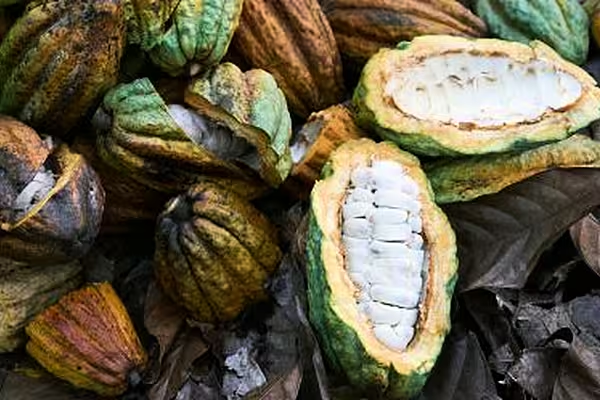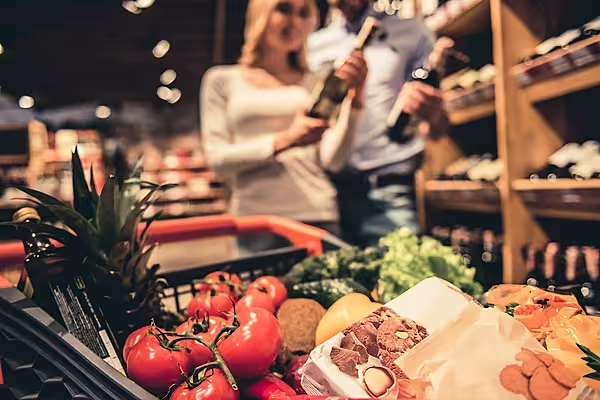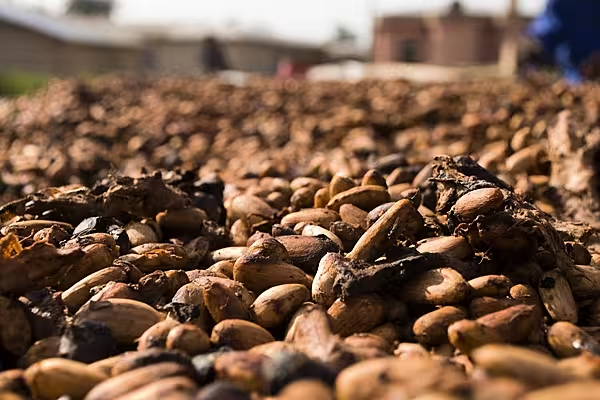World food prices eased slightly in April after hitting a record high in March, but global food security remained a concern because of the difficult market conditions, UN food agency said on Friday.
The Food and Agriculture Organization's (FAO) food price index, which tracks the most globally traded food commodities, averaged 158.5 points last month versus an upwardly revised 159.7 for March.
The March figure was previously put at 159.3.
"The small decrease in the index is a welcome relief, particularly for low-income food-deficit countries, but still food prices remain close to their recent highs, reflecting persistent market tightness and posing a challenge to global food security for the most vulnerable," said FAO Chief Economist Maximo Torero Cullen.
Concerns
Although it declined month-on-month, the April index was 29.8% higher than a year earlier, pushed up in part by concerns over the impact of the Russian invasion of Ukraine.
The agency's cereal price index fell 0.7% in April after a 17% jump in March.
While maize prices dropped 3.0%, wheat prices rose 0.2%.
FAO said wheat was hit by the blockage of ports in Ukraine and worries over crop conditions in the United States, however these concerns were partially offset by larger shipments from India and higher-than-expected exports from Russia.
FAO's vegetable oil price index dropped 5.7% in April, as demand rationing pushed down prices for palm, sunflower and soy oils.
Sugar prices increased 3.3%, the meat price index rose 2.2% and the dairy index added 0.9%.
Supply And Demand Estimates
In separate cereal supply and demand estimates on Friday, the FAO slightly cut its projection of world wheat production in 2022 to 782 million tonnes, from 784 million last month.
The forecast factored in an expected 20% reduction in the harvested area in Ukraine and a projected decline in output in Morocco because of a drought in the north African state.
With almost all crops harvested, FAO's world cereal production forecast for 2021 was unchanged at 2.799 billion tonnes, 0.8% up on 2020 levels.
The agency slightly increased its projection of global cereals trade in the 2021/22 marketing year to 473 million tonnes, up 3.7 million tonnes from last month's forecast but 1.2% below the 2020/21 record level.
FAO said the upward revision reflected stronger exports from Russia based on continued shipments in April, mostly to Egypt, Iran and Turkey.
FAO warned in March that food and feed prices could rise by up to 20% as a result of the conflict in Ukraine, raising the risk of increased malnutrition.
News by Reuters, edited by Donna Ahern, Checkout. For more supply chain stories, click here. Click subscribe to sign up for the Checkout print edition.









